
All categories
Featured selections
Trade Assurance
Buyer Central
Help Center
Get the app
Become a supplier

(1044 products available)

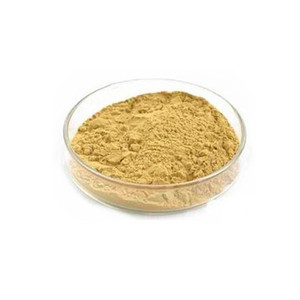





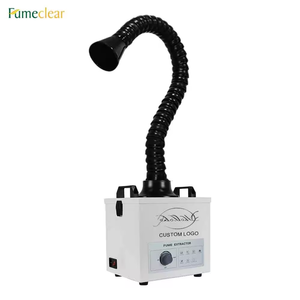





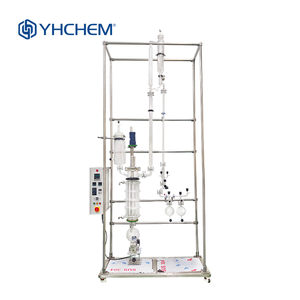

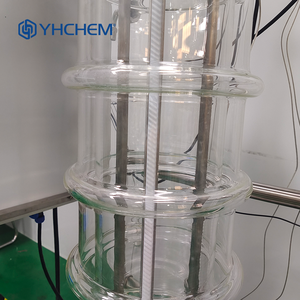
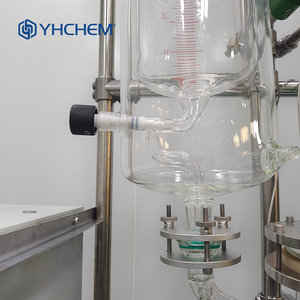










Industrial machinery has evolved significantly over the years, with advancements that cater to various sectors. Among these, chemical machinery plays a crucial role in numerous industries, including pharmaceuticals, food processing, and cosmetics. Within this category, the solvent extration stands out as a vital component in the extraction process. Designed to separate specific compounds or elements from raw materials, the solvent extration is indispensable for achieving high purity and efficiency in production. Its application ranges from small-scale laboratory settings to large industrial operations, demonstrating its versatility and importance in chemical processing.
The diversity of solvent extration available on the market caters to varying needs and scales of operation. Common types include rotary extractors, centrifugal extractors, and ultrasonic extractors. Rotary extractors are widely used for their ability to handle large volumes and provide thorough mixing, making them ideal for bulk extraction processes. Centrifugal extractors leverage high-speed rotation to separate compounds based on density differences, offering precision and speed in operations. Ultrasonic extractors utilize sound waves to enhance extraction efficiency, particularly in delicate compounds where traditional methods might fall short. Each type of solvent extration is engineered to meet specific requirements, ensuring optimal performance and desired outcomes.
The functionality of the solvent extration is pivotal in the extraction process, offering a range of features that enhance its utility. It provides precise control over temperature and pressure, which are critical parameters in ensuring the integrity and purity of the extracted compounds. Features such as automated controls, real-time monitoring, and customizable settings allow operators to tailor the extraction process to specific needs, optimizing efficiency and output. The solvent extration also offers durability and robustness, designed to withstand the rigors of continuous operation. Additionally, advancements in technology have led to the development of extractors with enhanced energy efficiency, reducing operational costs and environmental impact.
The construction of the solvent extration involves the use of high-quality materials and components to ensure reliability and longevity. Stainless steel is commonly used for its corrosion resistance and strength, making it ideal for handling various chemicals during the extraction process. Other materials, such as high-grade polymers and alloys, are incorporated to enhance performance and reduce wear and tear. The choice of materials directly impacts the extractor's efficiency and lifespan, allowing manufacturers to customize solvent extration to specific applications. Additionally, the design often includes features that facilitate easy cleaning and maintenance, ensuring hygiene and preventing contamination in sensitive operations.
Effective use of the solvent extration requires an understanding of its operational principles and limitations. Selecting the appropriate type of extractor based on the nature of the raw materials and desired outcomes is crucial for maximizing efficiency. Operators should ensure proper calibration and maintenance to prevent breakdowns and maintain consistent performance. Utilizing automated features can streamline the process and reduce human error, while real-time monitoring allows for adjustments to be made promptly, ensuring optimal extraction conditions. Proper disposal of waste products and adherence to safety protocols are essential in minimizing environmental impact and ensuring workplace safety. Training personnel on the use of solvent extration can significantly enhance productivity and quality of output.
When selecting solvent extration, it's essential to consider several factors that align with your specific requirements. First, assess the nature of the materials you intend to process, as different extractors are optimized for various substances. For instance, if you're dealing with high-viscosity materials, a rotary extractor might be more suitable due to its robust mixing capabilities. On the other hand, for applications requiring precise separation of compounds, a centrifugal extractor could be the ideal choice. Additionally, consider the scale of your operations, as some extractors are designed for laboratory settings, while others are geared towards industrial production.
Another critical factor is the technical specifications and features of solvent extration. Look for extractors that offer advanced control mechanisms, such as programmable settings and real-time monitoring, which can enhance the precision and efficiency of the extraction process. Energy efficiency is also a crucial consideration, as it can significantly impact operational costs and environmental footprint. Opt for extractors that incorporate energy-saving technologies without compromising performance. Furthermore, the ease of maintenance and cleaning should be factored in, as these aspects can affect the longevity and reliability of the equipment.
The compatibility of solvent extration with existing systems and processes is another important consideration. Ensure that the extractor can be seamlessly integrated into your current workflow without requiring significant modifications. This involves evaluating the compatibility of connections, automation systems, and software interfaces. Additionally, consider the availability of technical support and spare parts, as these can play a vital role in minimizing downtime and maintaining continuous operation. Selecting an extractor from a reputable manufacturer with a track record of reliability and support can provide added assurance.
Rotary extractors and ultrasonic extractors serve distinct purposes in the extraction process. Rotary extractors are known for their ability to handle large volumes and provide thorough mixing, making them ideal for bulk extraction. In contrast, ultrasonic extractors use sound waves to enhance extraction efficiency, particularly beneficial for delicate compounds where traditional methods might fall short. The choice between these two types of solvent extration depends on the specific requirements of the extraction application.
The material used in the construction of solvent extration is crucial for its performance and durability. Stainless steel is often preferred for its corrosion resistance and strength, which is essential when handling various chemicals. High-grade polymers and alloys may also be used to enhance performance and reduce wear and tear. The choice of materials directly affects the efficiency, lifespan, and maintenance needs of the extractor, making it a critical factor in the selection process.
Safety is paramount when selecting solvent extration. Look for features such as automated controls that minimize human intervention, emergency shut-off mechanisms, and pressure relief systems. These features can prevent accidents and ensure safe operation, especially in high-pressure or high-temperature environments. Additionally, adherence to industry safety standards and certifications should be verified to ensure compliance with regulatory requirements.
Yes, solvent extration can often be customized to meet specific application needs. Customization may involve modifying the extractor's size, configuration, or features to better align with the unique requirements of the production process. This can include adjustments to accommodate specific material properties, desired output quality, or integration with existing systems. Working with manufacturers that offer customization options can provide a tailored solution that enhances operational efficiency and output quality.
Regular maintenance of solvent extration is essential to ensure optimal performance and longevity. Common practices include routine inspections for wear and tear, cleaning to prevent contamination, and calibration of control systems. Lubrication of moving parts and replacement of worn components should also be part of the maintenance routine. Implementing a comprehensive maintenance schedule can prevent unexpected breakdowns and maintain consistent extraction quality, ultimately contributing to the efficiency and reliability of the extraction process.